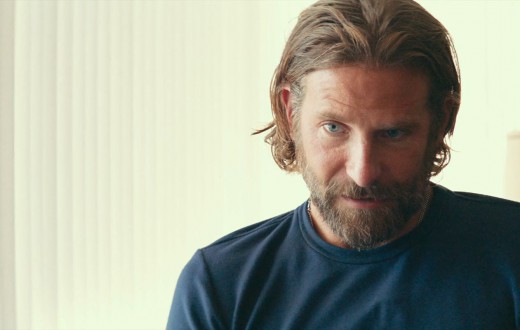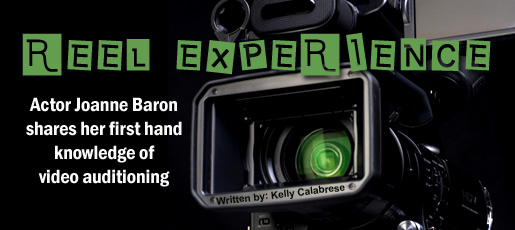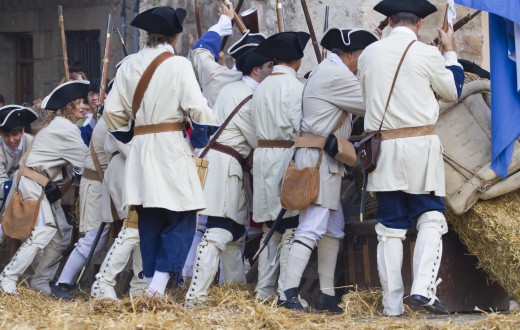The film and television industry is known for its complex hierarchy and multitude of roles. Producers and Directors are way up there on the ladder.
Before we get into examples, let’s explore the definitions.
The Executive Producer (EP) often assumes the role of supreme authority within a television program, while in films, they can act as major investors or crucial arbiters of decisions. Their involvement in the project is usually substantial, whether it be through financial contributions, creative input, or both. In television, the EP, sometimes known as the showrunner, has creative authority over the series. They may be responsible for the overall narrative, hiring key personnel, managing budgets, and making high-level decisions. In films, an EP might not be involved in day-to-day decisions but will have played a pivotal role in getting the film made, often financially.
Producers are the driving force behind the scenes. They identify and develop a story or script, secure financing, hire key staff (like the director), and oversee the production from start to finish. Their responsibilities also include budget management, scheduling, and ensuring everything stays on track. There can be multiple producers on a project, each with slightly different focuses. Some might be more involved in script development, while others might specialize in post-production or distribution.
Directors take charge of all creative aspects of the production. This entails providing guidance and direction to actors in order to shape their performances, making decisions regarding camera angles, as well as ensuring a coherent storytelling experience for audiences. The director’s task also involves interpreting written scripts into visual and auditory elements, thus influencing both aesthetics and pacing throughout the project. Collaboration with various departments is essential for guaranteeing that every aspect of production aligns seamlessly with their unique vision.
While the Director focuses on the creative side, the Assistant Director (often split into 1st AD and 2nd AD roles) manages the logistical aspects on set. The 1st AD creates shooting schedules, coordinates between departments, manages the crew, and ensures that the production stays on schedule. The 2nd AD assists the 1st AD, handling tasks like directing background action and managing extras.
The roles of the Producer and Director can often overlap, and their responsibilities can vary depending on the project, the size of the production, and specific contractual agreements.
Now that we have that down pat, let’s dig into the EXAMPLES!
Executive Producer (EP)
Shonda Rhimes, the mastermind behind popular TV shows such as Grey’s Anatomy, Scandal, and How to Get Away with Murder, is a shining example of an executive producer or showrunner. Rhimes goes beyond financial support for these shows; she provides invaluable artistic direction, ensuring that each series preserves its distinctive storytelling allure.
In the film world, Steven Spielberg, despite being better known as a director, has served as an EP on many projects, including the Transformers series. His role often involves securing resources, offering creative insights, or leveraging his influence to ensure the film’s success.
Producer
In television, Lorne Michaels stands out as the long-standing producer of Saturday Night Live. Beyond SNL, Michaels has produced numerous shows, films, and specials, showcasing his ability to manage different formats successfully.
Kathleen Kennedy has been a force in Hollywood, producing iconic films such as E.T. the Extra-Terrestrial, Jurassic Park, and continuing the Star Wars saga. Her expertise lies in managing vast projects, ensuring they adhere to timelines, budgets, and achieve narrative success.
Director
Alfred Hitchcock has earned the moniker Master of Suspense for good reason. His directorial prowess is unmatched in the thriller and suspense genres, leaving an indelible mark on both. Through his impeccable ability to generate tension and drama, he has crafted enduring masterpieces like Psycho, Rear Window, North by Northwest, and The Birds. What sets Hitchcock’s films apart is not just their suspenseful nature but also the intricate psychological layers they explore. Furthermore, his innovative use of cinematography adds another dimension to his work while creating iconic moments that have had a profound influence on subsequent generations of filmmakers.
Martin Scorsese has earned a distinguished reputation for his exceptional craftsmanship and distinct artistic flair through iconic films like Taxi Driver, Goodfellas, and The Wolf of Wall Street. His meticulous direction has not only influenced but also redefined entire film genres.
Assistant Director
Adam Somner has been the 1st AD on numerous high-profile films, such as Bridge of Spies, Inception, and The Girl with the Dragon Tattoo. Though not always in the spotlight, ADs like Somner are pivotal in ensuring big productions run smoothly.
Burt ‘Skip’ Burnam is a seasoned 2nd AD known for his work on TV series like The West Wing and films such as The Shawshank Redemption. His expertise lies in managing background action and ensuring smooth coordination between different teams.
It’s evident that the film and television industry functions as a complex web of interdependent roles. The multitude of behind-the-scenes workers seems never-ending! Although actors take center stage in the eyes of audiences, it’s the combined efforts of Executive Producers, Producers, Directors, and Assistant Directors that breathe life into creative visions.







